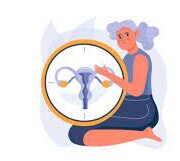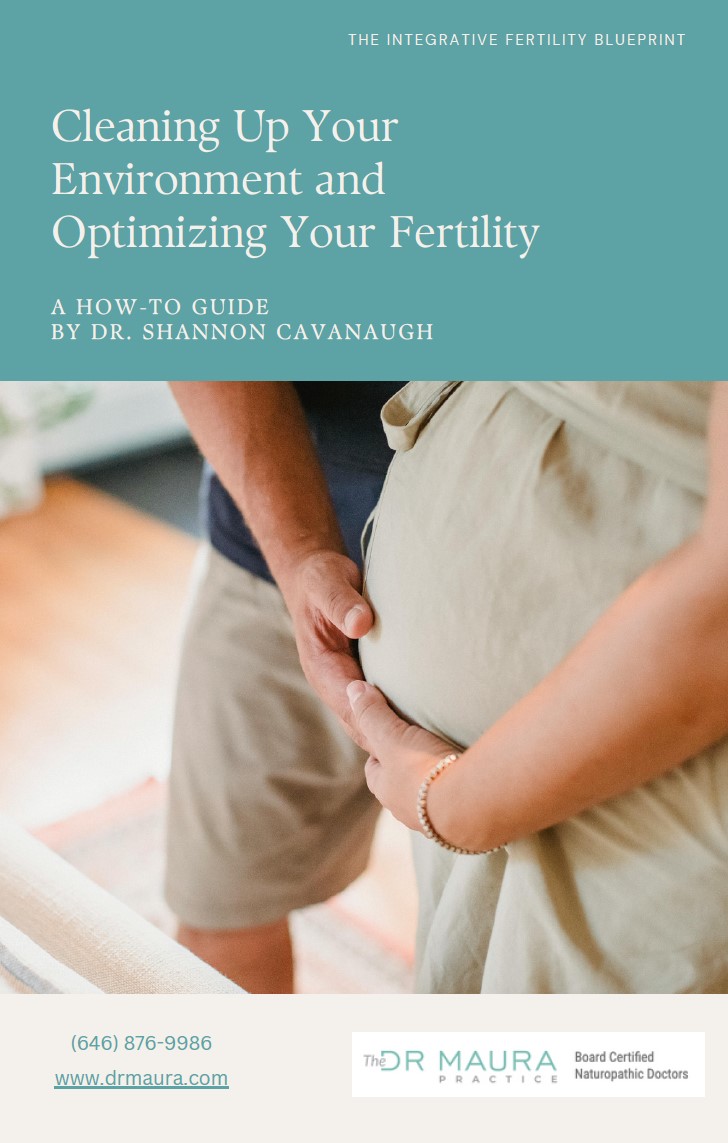(646) 760-6627
Decoding Ovarian Reserve Testing: What You Need to Know
Published: March 23, 2024

By Dr. Shannon Iselin (Cavanaugh)
The ovarian reserve, a critical aspect of a woman’s fertility, plays a significant role in assisted reproductive technologies (ART) like IUI and IVF. However, beyond these interventions, ovarian reserve testing holds relevance in naturopathic medicine, contributing valuable insights to the broader picture of reproductive health. In this post, we aim to demystify ovarian reserve testing, its components, and their implications.

Understanding Ovarian Reserve Testing: Interpreting ovarian reserve testing can be complex, as it was initially designed for reproductive clinics specializing in ART. These clinics use these tests to assess a woman’s candidacy for medical interventions and tailor medication selections accordingly. It’s essential to note that ovarian reserve testing primarily predicts a woman’s response and success with ART, rather than natural conception.
The Decline of Ovarian Reserve: On average, women are born with 2 million primordial follicles, the immature versions of their eggs. By puberty, only 400,000 remain, and this number further declines to about 25,000 in their late 30s. While the rate of decline varies, the process itself is irreversible and influenced by age, environment, and genetics.
Components of Ovarian Reserve Testing:
- AMH (Anti-Mullerian Hormone):
- What is AMH? AMH is a hormone released by immature follicles, correlating strongly with the number of remaining eggs.
- Testing and Limitations: A blood test, AMH predicts ovarian response to medications but has limitations in predicting pregnancy and live birth through ART.
- Factors Influencing AMH: Long-term use of hormonal birth control, endometriosis, ovarian surgery, obesity, smoking, chemotherapy, low vitamin D, and autoimmune conditions can decrease AMH.
- FSH (Follicle Stimulating Hormone):
- What is FSH? FSH is a hormone from the brain (pituitary gland) telling the ovary its time to prepare a follicle of ovulation. It’s a serum blood test that must be completed on cycle day 3 to be accurate and meaningful.
- Testing and Limitations: FSH with a value <10 mIU/mL indicates a normal ovarian reserve, but cycle-to-cycle variability and exogenous hormones (hormonal birth control and hormone replacement therapy) can impact results. Due to this, I recommend running FSH tests from 2-3 different cycles and that women wait at least 3 months from stopping all exogenous hormones before testing.
- Additional Consideration: FSH levels must be measured with estrogen to avoid false readings. If estrogen, tested as estradiol, is elevated on cycle day 3 then FSH may be falsely lower.
- Antral Follicle Count (AFC):
- What is AFC? AFC is the sum of follicles observed on both ovaries during the follicular phase using ultrasound. This is performed at reproductive clinics.
- Significance: A low AFC indicates a lower ovarian reserve, specifically predicting poor ovarian response during IVF.
- Limitations: Inter-observer variability and body weight can affect AFC, and like the other methods, it has limited predictability of pregnancy.
While ovarian reserve testing provides valuable information, it doesn’t offer a comprehensive view. Ovarian reserve is a component of holistic fertility treatment but it is not the end-all be all. Remember, conceiving only takes one good egg, not thousands.
Coming up in a future blog, we’ll delve into lifestyle and environmental factors contributing to oocyte decline and offer practical tips for navigating a low ovarian reserve. Stay tuned for expert insights on maximizing fertility and making informed decisions on your reproductive journey.
Resources
Tal, Reshef, and David B. Seifer. “Ovarian Reserve Testing: A user’s guide.” American Journal of Obstetrics and Gynecology, vol. 217, no. 2, 2017, pp. 129–140,
Committee on Gynecologic Practice. American College of Obstetricians and Gynecologists. “The Use of Antimullerian Hormone in Women Not Seeking Fertility Care.” 2019.
Ready to Transform Your Health & Well-Being?
At Flora Naturopathics, we are passionate about supporting you every step of the way. Schedule your personalized consultation today and embark on a journey to vibrant, optimal wellness. Don't wait, your path to a healthier, happier life starts here.
Fill out the form below to schedule your appointment. Have any questions? Give us a call at (646) 760-6627 and we'll be happy to help.

